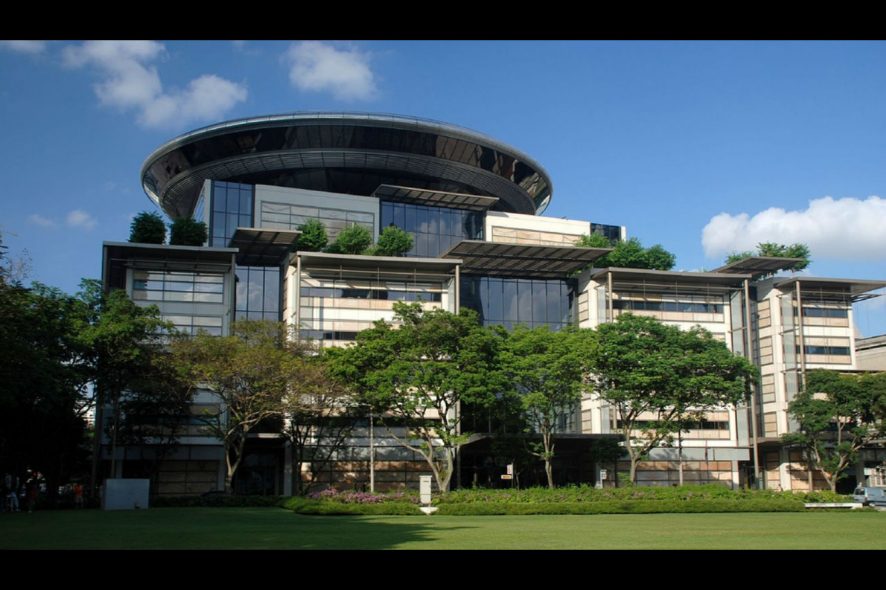High Court of Republic of Singapore, General Division: Aedit Abdullah, J., while addressing the matter on contributory negligence, observed that:
Having the right of way does not equate to a licence to collide with another road user in exercising that right.
Plaintiff was a passenger with a few others aboard on the taxi driven by the first defendant.
Factual Matrix
While the first defendant was executing a right turn at a junction, the vehicle was driven by the second defendant, who had priority as the lights were in his favour, collided with the taxi, causing injury to the plaintiff and some other passengers, and unfortunately, the death of one of them.
In view of the above incident, the first defendant was charged with a number of offences including a charge under Rule 5 of the Road Traffic (Motor Vehicles, Wearing of Seat Belts) Rules 2011 due to failing to ensure that his rear-seat passengers were belted up (Seat Belt Offence).
Plaintiff had claimed damages against the first and second defendant for negligence in driving their vehicles.
During the Trial the key issue was the apportionment of liability between the first and second defendant and another issue was whether the plaintiff had indeed used his seatbelt.
Bench had found no contributory negligence on the part of the plaintiff and the primary liability laid upon the defendants. Amongst them, the first defendant bore the greater part of the responsibility, at 65% liability and the second defendant at 35%.
Primary Issues:
(a) the respective liabilities of the two defendants, considering, in particular, the experts’ opinions concerning the speed of the second defendant’s vehicle up to and at the point of collision; and
(b) whether there was contributory negligence by the plaintiff in not wearing his seatbelt.
Analysis of the High Court
Bench while determining the second defendant’s speed, found that the momentum exchange analysis was less reliable than the video analysis and concluded that the video evidence was more reliable and preferred.
Adding to the above, Court also found that the second defendant failed to keep a proper lookout and drive with proper care at the junction.
Determination of second defendant’s responsibility in driving
Having the right of way essentially means that other users should yield or give way.
It was expressed in view of “right of way” that the said right would not absolve that particular road user of the need to exercise due care. In exercising such care, a driver must take heed of other road users, and adjust his speed lower if needed in the circumstances to reduce the risk of an accident occurring.
Though the second defendant was not going beyond the speed limit, yet since it was a large and busy junction, he ought to have proceeded slower than the speed limit so as to keep a proper lookout and respond to the turning traffic.
“Upon seeing vehicles turning, or at least one vehicle doing so, the appropriate reaction would have been to slow down, sound the horn if need be, and make sure no other vehicle was following suit in turning, either from behind or next to the one that took its chances.”
Apportioning liability between the defendants
Major Factors to be considered while apportioning the Contributory Negligence:
(a) the relative causative potency and
(b) the relative moral blameworthiness of parties’ breaches
Causative potency is the extent to which each party’s conduct contributed to the damage in question, whereas the assessment of blameworthiness entails a consideration of a wide range of conduct to arrive at a just and equitable result on the facts.
The above two factors are also to be considered in the case when liability is to be apportioned in respect of two tortfeasors who were both sued for negligence by the same plaintiff in the same suit.
In the Court’s opinion, the conduct of both the defendants’ were equally causatively potent. but since the blameworthiness attached is different, there would be a difference in their liability.
Hence, Bench found the 33% responsibility on the part of second defendant to be appropriate.
But while the first defendant could have avoided the collision if he had exercised due care, this did not mean that the second defendant was wholly without blame.
Bench observed that, the two defendants’ conduct were equally causatively potent – each of their acts and omissions was equally important in forming a continuous causal link leading to the plaintiff’s eventual injuries.
With regard to blameworthiness, Court expressed that:
Greater blameworthiness lay on the party executing the turn, as the signal light was in favour of oncoming traffic. The second defendant could not be made to assume the same degree of liability as the first defendant, even if the second defendant was speeding.
In view of the above discussion, High Court held that the first defendant should be responsible for 65% of the liability whilst the second defendant shall bear the remaining 35%.
Contributory negligence by the plaintiff
Determination of whether the plaintiff wore a seat belt
There was no evidence that the plaintiff’s injuries pointed to the likelihood or probability that the plaintiff had in fact not worn the seatbelt. He was not even party to the criminal proceedings, nor was he convicted of any offence of not wearing a seatbelt.
Lastly, while concluding the Court held that the plaintiff was not contributorily negligent for his loss.[Ting Jun Heng v. Yap Kok Hua, [2021] SGHC 44, decided on 25-02-2021]







